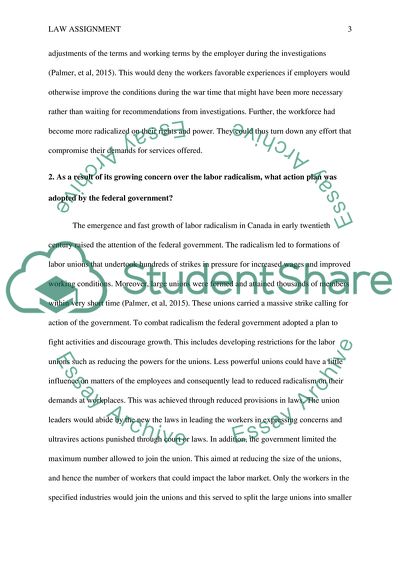Cite this document
(Not Found (#404) - StudentShare, n.d.)
Not Found (#404) - StudentShare. https://studentshare.org/law/1881194-assignment
Not Found (#404) - StudentShare. https://studentshare.org/law/1881194-assignment
(Not Found (#404) - StudentShare)
Not Found (#404) - StudentShare. https://studentshare.org/law/1881194-assignment.
Not Found (#404) - StudentShare. https://studentshare.org/law/1881194-assignment.
“Not Found (#404) - StudentShare”. https://studentshare.org/law/1881194-assignment.


